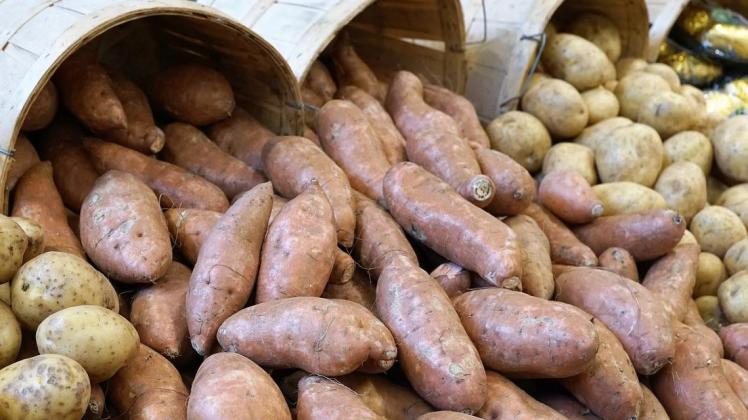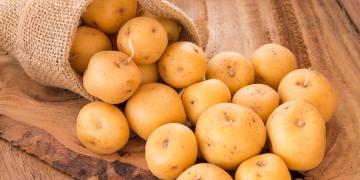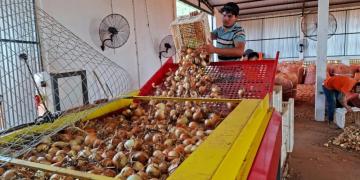Germany: New platform for potato breeding
Researchers have developed a genome-based metabolic model for potatoes that can improve the breeding of new stress-tolerant varieties.

Potatoes are among the most important food crops worldwide after wheat and rice. However, the tuber is also extremely susceptible to disease. Climate change, viral infections, and infestation by herbivores such as the Colorado potato beetle lead to billions of dollars in crop losses annually. Researchers from the Universities of Potsdam and Erlangen, the Max Planck Institute of Molecular Plant Physiology, and the National Institute of Biology in Ljubljana, Slovenia, have now developed a platform that analyzes the stress responses of potato plants and can thus improve breeding.
Genome metabolism model developed for potato
The researchers focused on processes responsible for potato growth and defense against diseases and pests. The genome metabolic model Potato-GEM was developed for this purpose. As the team reports in the journal PNAS , the plant slows its growth when attacked in order to use its molecular resources for defense. In favor of growth, the production of signaling and defense substances is reduced, which in turn leads to increased susceptibility to pests and pathogens.
Insight into growth and defense processes
The team investigated this trade-off between growth and defense in detail using the newly developed genome-level metabolic model (GEM). "The large-scale metabolic reconstruction of potato GEM represents the entire known secondary metabolism of this important crop," reports Zoran Nikoloski, Professor of Bioinformatics at the University of Potsdam and group leader at the Max Planck Institute of Molecular Plant Physiology.
Using this mathematical model, it was possible to explore the interplay between growth and defense processes. "A better understanding of the molecular mechanisms underlying plant stress response can improve breeding strategies and help us develop plant varieties with improved stress tolerance, yield, and quality," says the researcher.
Fuente: biooekonomie.de




